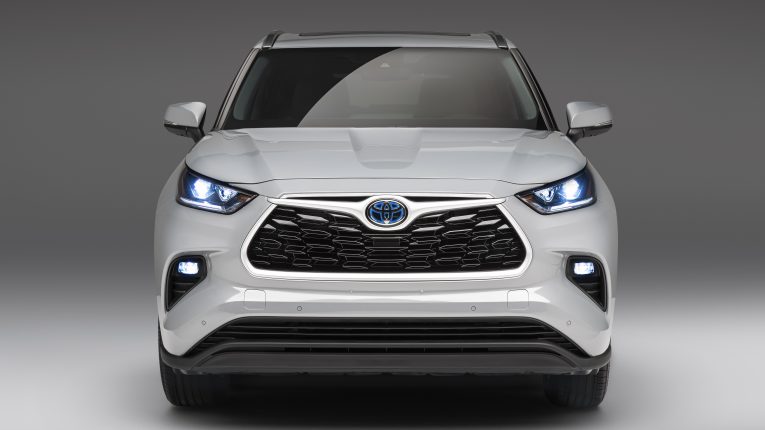
The Dangers of Driving with a Damaged Windshield
Driving with a damaged windshield can be dangerous. Windshields are the primary barrier between you and the road, so anything that alters their structural integrity changes your driving experience. When you have a damaged windshield, it impacts your driving in several ways. At first glance, it might seem like a minor issue — but the reality is that driving with a damaged windshield is a precarious proposition. The following discusses the dangers of driving with a damaged windshield and the steps you can take to prevent the problem from recurring in the future.
Reduced Visibility
It can be tough to see through the glass when your windshield is damaged. This causes you to drive slower and can make it difficult to judge the distance of objects in front of you. The reduced visibility can also cause accidents. For instance, if your hood or the bumper of a car in front of you isn’t visible, you might not have enough time to respond safely. When your windshield is damaged, it becomes more difficult for other drivers on the road to see you coming as well. If you’re driving at night with a damaged windshield and don’t have your headlights on, other drivers may not be able to see that your vehicle is coming until it’s too late.
Driving with a damaged windshield also impacts your ability to control your vehicle. When visibility is low, it’s more difficult to judge how close objects are to your car — which means that it will be more challenging for you to maintain control over the steering wheel and gas pedal.
Potential Airbag Malfunction
Airbags are deployed in a collision in 35 milliseconds or less. Putting this pace into context takes around 200 milliseconds to blink your eyelids open and close. Because of the stiffness of your windshield, front airbags can expand outwards and provide the greatest level of protection. Because of this, if the windscreen is cracked or improperly bonded, the force applied as the airbag deploys can shatter or remove the windshield, causing the airbag to inflate in the opposite direction and providing no protection to the driver and front passenger in the vehicle. At the slightest hint of windshield damage, get a windshield repair immediately.
Water Leaks
Water leaks onto your windshield and eventually causes the damage.
Water damage internally can cause many problems, from malfunctioning electronics to water collecting on your dash and in the footwell. The water can seep into the cracks and freeze in colder temperatures. As the ice expands, it puts pressure on the glass or other parts of your car and causes additional damage. This can make driving extremely dangerous.
Compromised Structural Integrity
Driving with a damaged windshield compromises the structural integrity of your vehicle. This is because when you have a damaged windshield, it can’t resist the force of a collision as well as it should be able to. Consequently, it’s easier for your windshield to break and shatter during an accident — which can cause you to suffer serious injuries or worse.
Reduced Safety Upon A Collision
Driving with a damaged windshield can be a significant safety hazard. A damaged windshield reduces visibility and increases the risk of a collision. A weakened windshield can cause you to have a reduced field of vision, which in turn can lead to an increase in accidents. Studies show that people with low-quality windshields are 2x more likely to get into an accident than someone who does not have one. If your windshield is badly damaged, it’s much more likely that you will experience blurry vision or lack of visibility after a crash. It’s also possible for you to lose control of your vehicle and spin out of control on the road.
Increased Risk of Damage To Car and Occupants
First, there is the risk of damage to your car and its occupants. Driving with a damaged windshield increases the likelihood that debris will come into contact with your vehicle, which can cause significant damage to the car’s bodywork and create an obstruction for other drivers around you. Driving with a damaged windshield also increases the likelihood that debris will become lodged in the broken glass, leading to injuries or death if an object penetrates through the windscreen and strikes an occupant inside. Finally, driving with a damaged windshield leads to decreased visibility for both the driver and other drivers on the road. If your visibility is diminished by shattered glass, you’ll have less time to react when something enters your field of vision — which means you’ll be less able to avoid potential accidents before they happen.

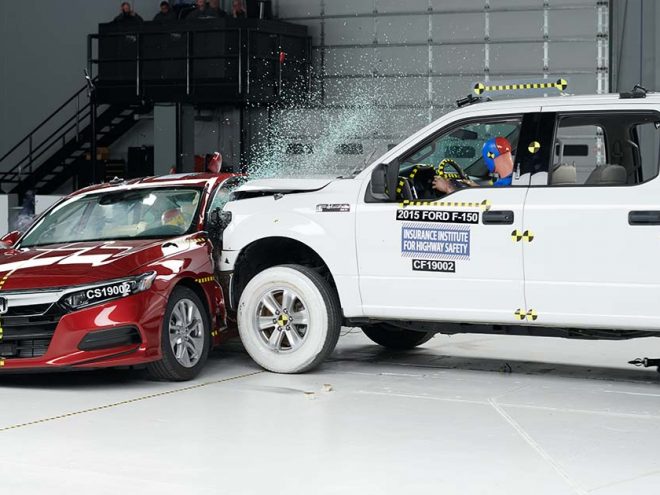
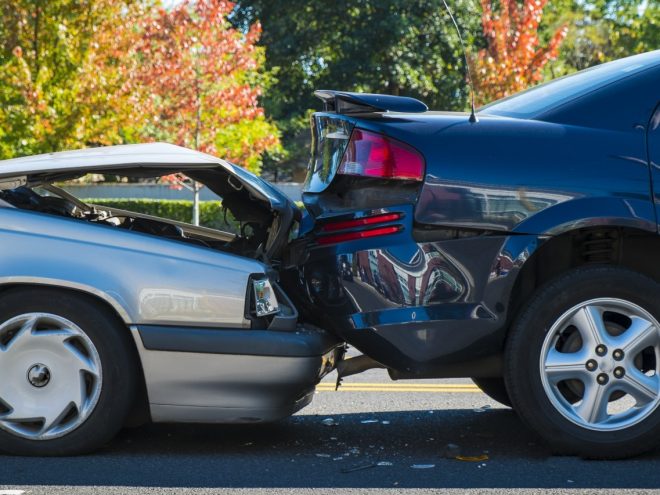

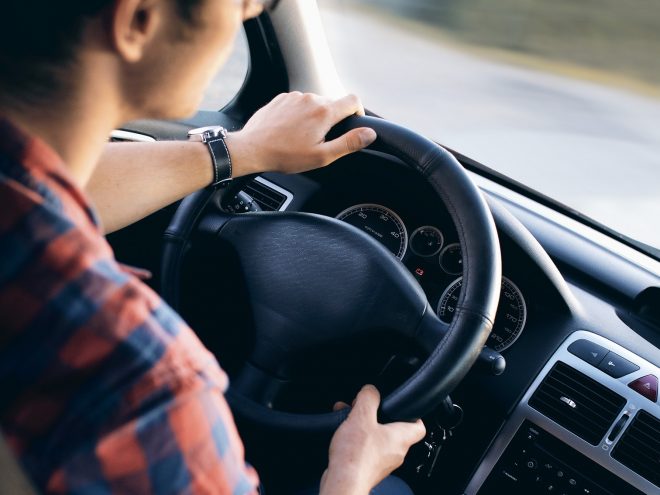
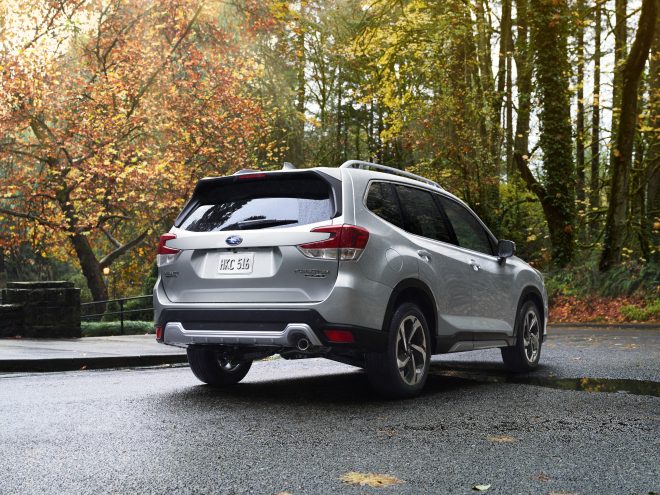




[…] Click here to read more. […]
Thank you for pointing out that driving with a damaged windshield can be a significant safety hazard. My car has a large crack on the bottom of the windshield, and I use my vehicle to commute to work every day. I don’t want to put my safety at risk during my commute, so I will have to get the crack fixed as soon as possible.